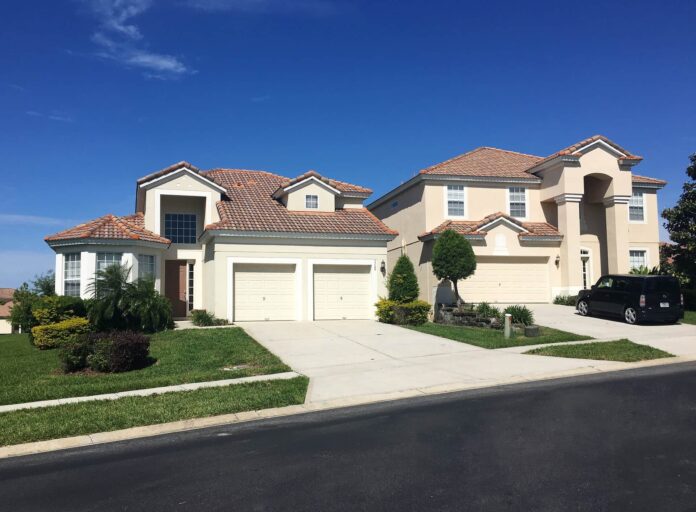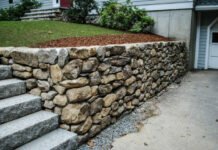The roof is one of the most vulnerable areas of your home when it comes to hurricanes. The damage can be devastating, leading to more severe problems later on, like mold growth and water damage.
The best roofs for hurricanes are designed with wind-resistant materials. However, the choice between asphalt shingles and other options is often a difficult one to make.
Material
A home’s roof is one of the most critical lines of defense against storm damage. When you live in Florida, there is always a chance that a hurricane will hit our shores, and you need to make sure your roof can withstand the force of these winds.
There are several options for homeowners who want a roof that will stand up to the wind. You can choose asphalt shingles, ceramic tile, slate or metal roofing.
The material you choose for your roof will determine how long it will last and if it will resist the forces of storms. It also has a significant impact on your resale value.
The material you choose is a big decision, so it’s essential to consult with your local Roof Company and have them help you select the right one. In addition to choosing a suitable material, you should also consider the design of your roof.
Pitch
Roofs are one of the most critical areas of your home for hurricane protection. However, they can also be the most vulnerable.
In areas of high wind, like tropical storms and hurricanes, the shape of your roof can make all the difference between keeping it attached to the house or losing it altogether.
A 30-degree pitch (also known as a 7/12) is often considered perfect for dealing with strong winds and rain. It’s backed up by testing.
In addition to the pitch, shape and material of your roof, it’s also vital to connect it correctly with the main structure of your house. Roofs fail in hurricanes because of weak connections between the roof and the home’s design.
Design
A roof is one of the most vulnerable areas to wind damage during hurricanes. Fortunately, some roof designs can withstand these forces.
The shape of the roof and the pitch of the roof are two factors that can affect its performance in hurricanes. Roofs with multiple slopes, such as a hip roof, tend to perform better in hurricanes than gable roofs with only two pitches.
Building codes for high-velocity hurricane zones require roofs to be tested by a third party to ensure they can resist the forces of hurricanes. This can include a test that drops a steel ball on the roof from various heights and measures how well it holds up.
Overhangs
Your roof is a significant part of your home, so choosing a design that protects your structure from hurricanes and tropical storms is essential. It’s also important to understand that specific shapes and designs are more likely to withstand high winds and hurricanes than others.
Research from the New Jersey Institute of Technology found that a hip roof with four slopes performs better than a two-slope gable roof in terms of resistance to hurricanes. This is because it lessens the load on the house.


















